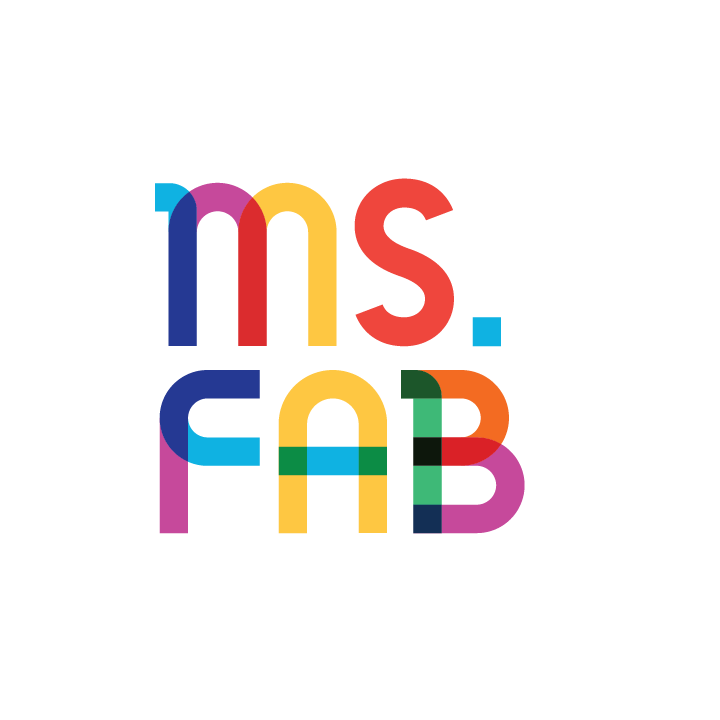Skin In The Game
Skin in the Game by Nassim Taleb is one of my all-time favorite books
And I’d argue it's key to rethinking education.
Let’s talk about why.
Nassim Taleb is an expert on probability and real-world risk management. He’s written a series of books on how to make decisions under uncertainty.
The capstone volume is on “skin in the game,” the idea that those who make a decision should also shoulder its risks.
In life, our choices have consequences, both good and bad. Skin in the game means WE bear those consequences. As a result, we end up learning much more from trial and error.
In essence, skin in the game creates a system for error correction. When we make choices, we’re not only rewarded for good results. We’re also accountable to handle the fallout when things go wrong.
It might seem like school does this well: kids who do poor work earn poor grades.
It’s true report cards seem to give kids skin in the game—but it’s a game they fundamentally don’t buy into. It’s skin in the game of school. And the game of school is much different from the game of life.
As we say at Synthesis, kids are hungry for the real thing. They don't want more worksheets and assignments. They want to solve problems that mirror the real world. They want stakes that matter to them.
However, letting kids tackle real problems means also allowing them to wrestle with the results of their decisions.
After all, that's the hardest part of real-life choices: Managing the second-order effects.
From a distance, this might sound scary, but skin in the game actually makes learning:
easier
more memorable
and more exciting!
First, skin in the game makes learning easier.
When the stakes are high, our bodies direct all our energy to our brains. Our mental vision clears. Our thoughts focus. Our motivation kicks into gear.
Second, skin in the game makes learning more memorable.
Our brains sear what we learn from hard experience into our neural networks. Those lessons stick with us for life!
Third, skin in the game makes learning more exciting.
As Taleb says, he didn’t care for statistics in school, but then he learned about options trading. All of a sudden, his knowledge of probability meant the difference between making and losing millions of dollars!
Of course, the key to better education isn’t putting kids in charge of large investment portfolios. We need ways for them to experience high-stakes scenarios that mirror reality without the possibility of life-changing failure.
That’s what our cofounder, Josh Dahn, created for Synthesis. Synthesis started as conundrums—tough questions for kids to discuss, like how to build a Tesla supercharger network.
But Josh intuited that kids learn more with skin in the game. So he turned the conundrums into competitive simulations. (Read the story here)
In Josh's original conundrums, learning never moved past conversation. But in his simulations, kids could practice implementing their ideas and responding to the downstream effects. Moreover, there are real winners and losers. Competition creates real stakes!
Most importantly, the Synthesis simulations give kids problems that are fun to solve.
They get to run movie studios, put out wildfires, colonize space, collect art, fish the oceans, and so much more.
After all, skin in the game only works if kids actually care about the game.
Kids who learn from skin in the game are much better prepared for the real world. They know choices have consequences, many of them unpredictable, and they're ready to dive into the challenge.
I explore ideas like this in Fab Fridays, my newsletter on childhood education with a twist + new ways to learn.
Subscribe below!


